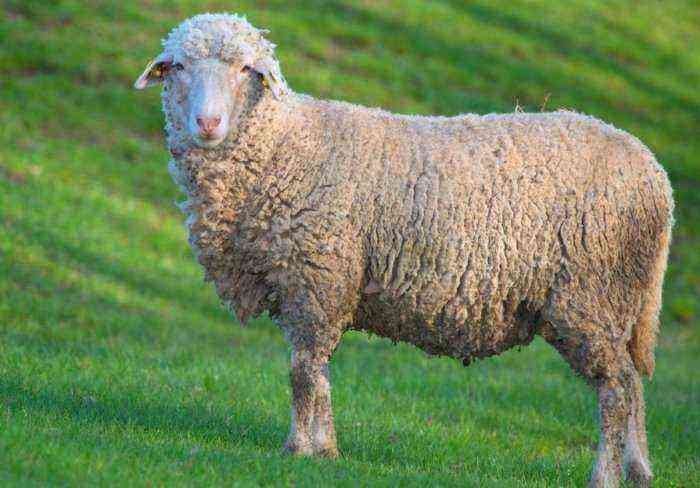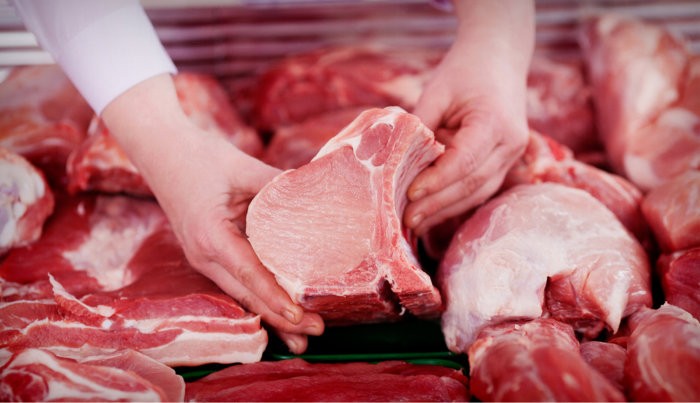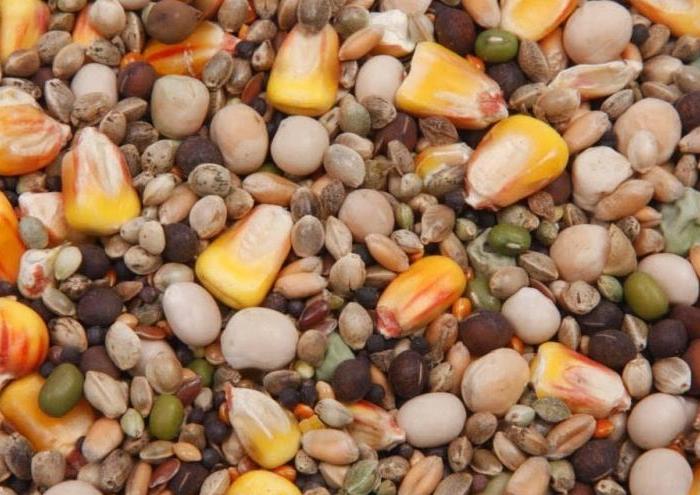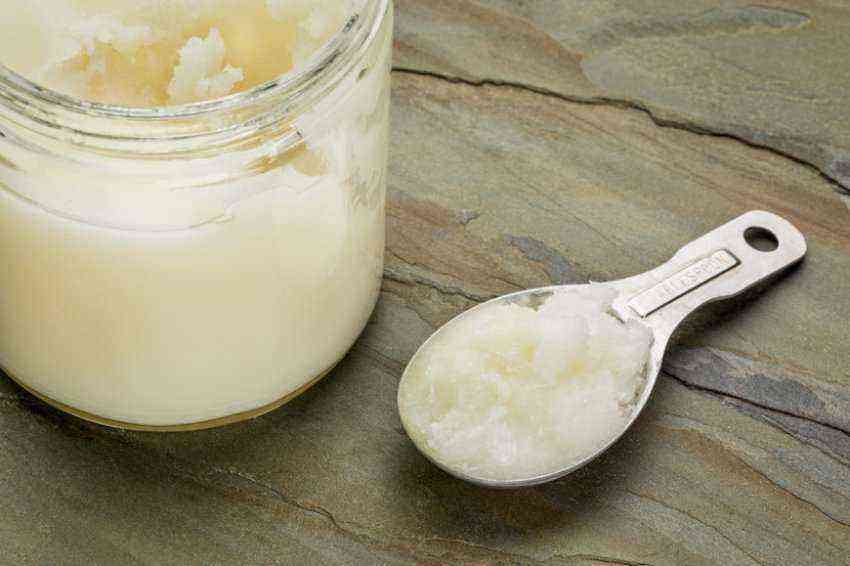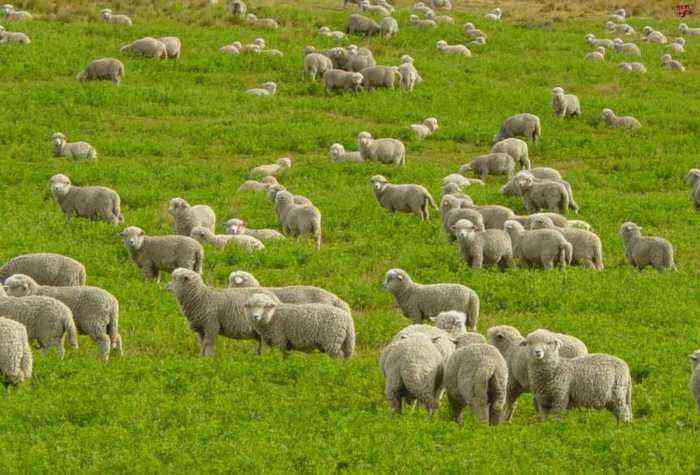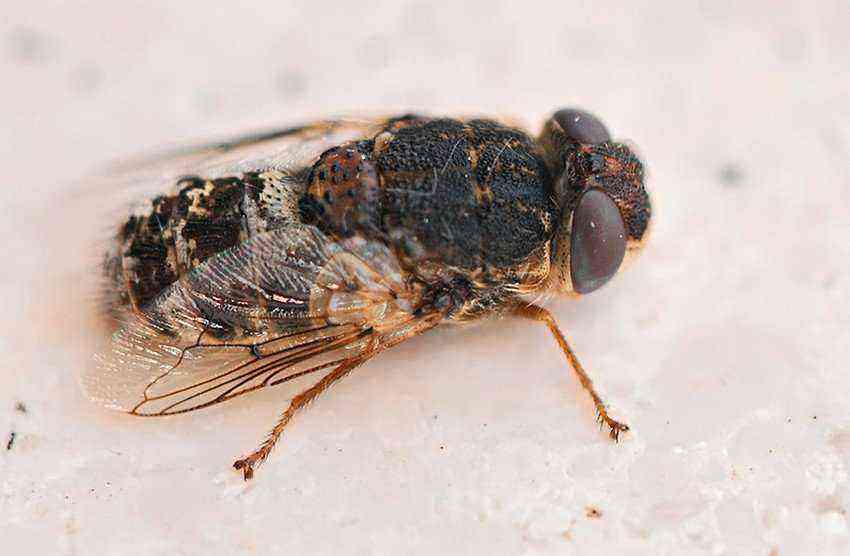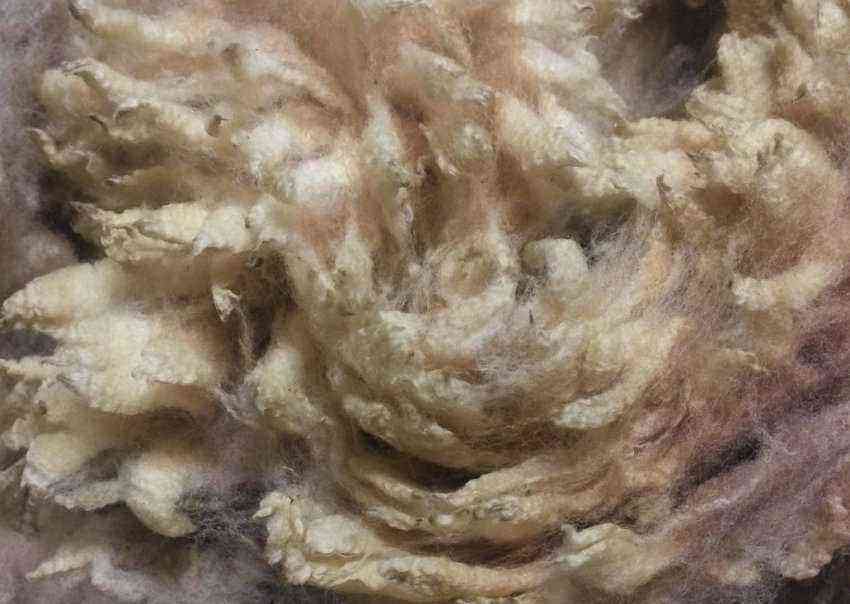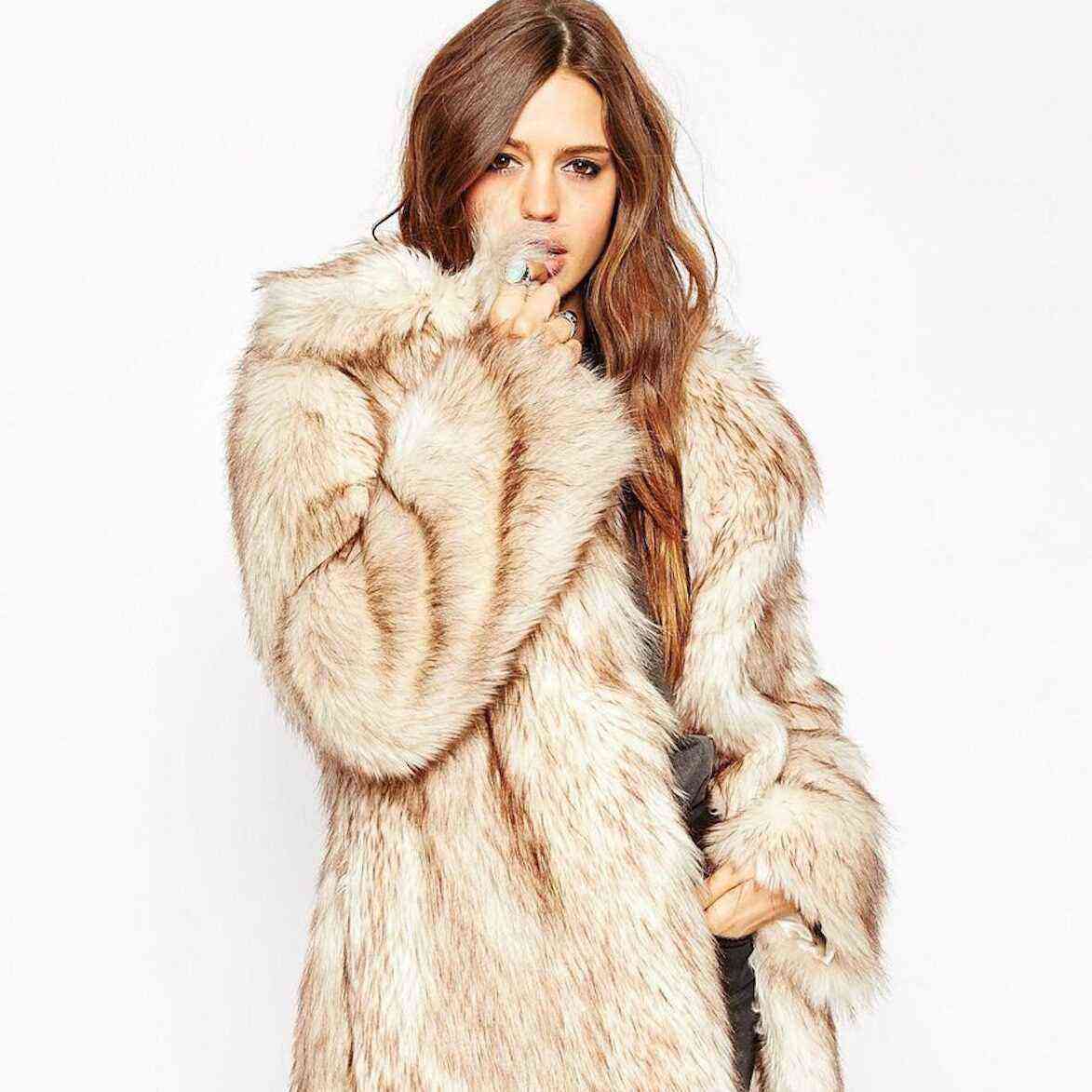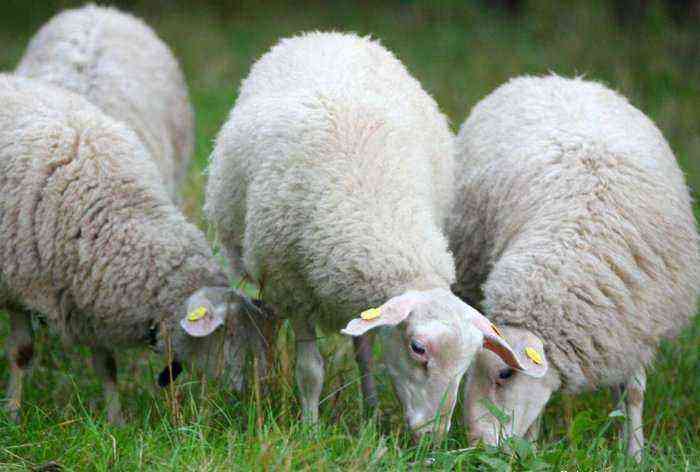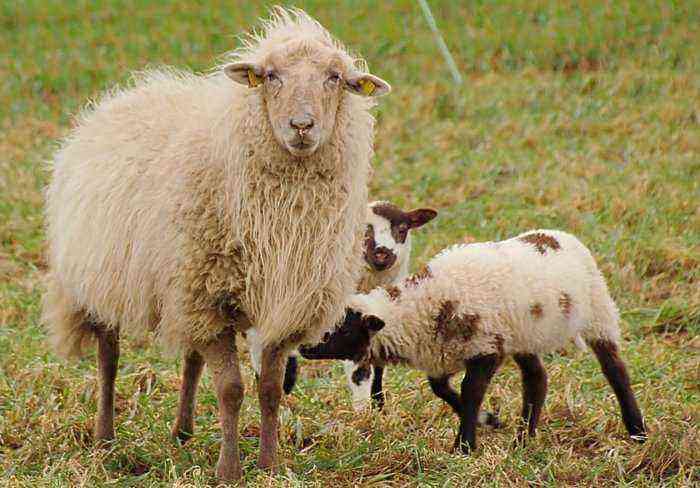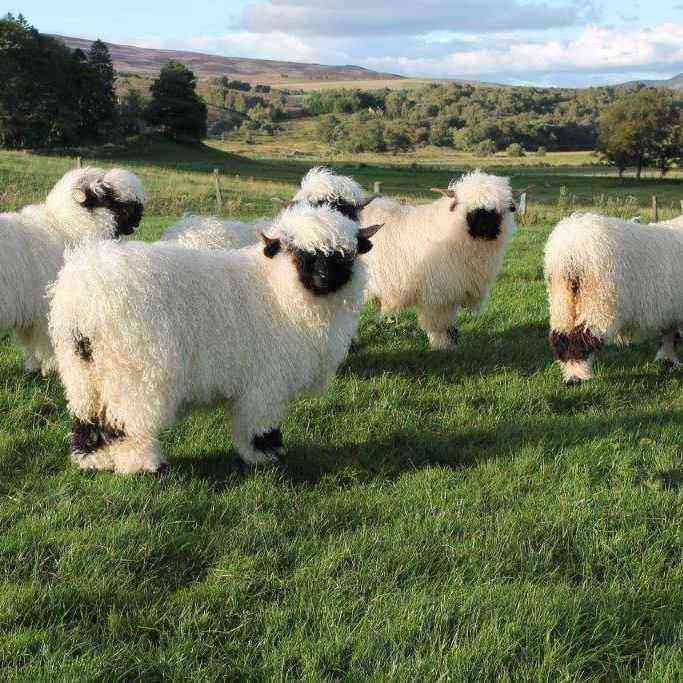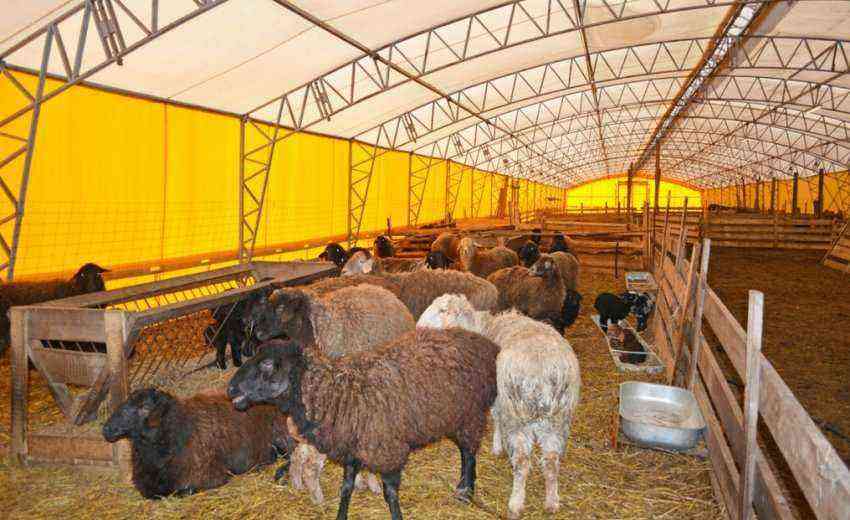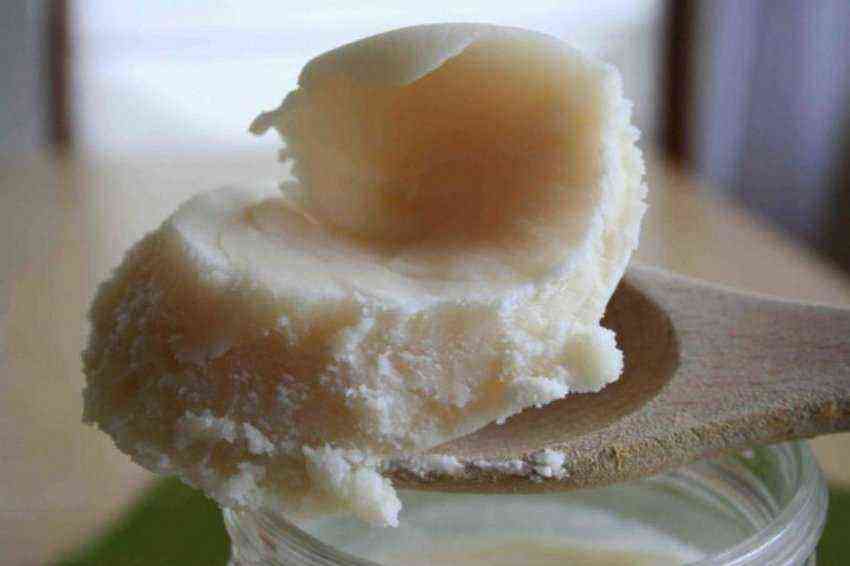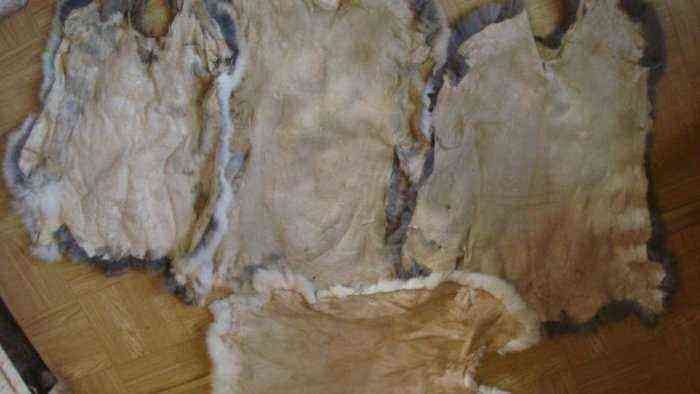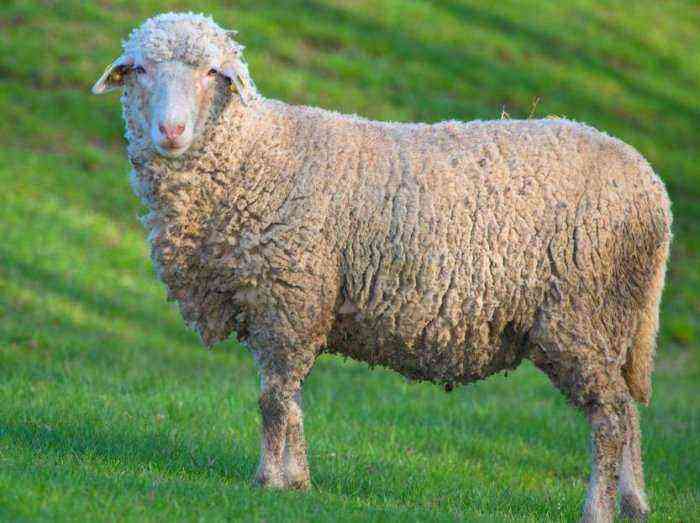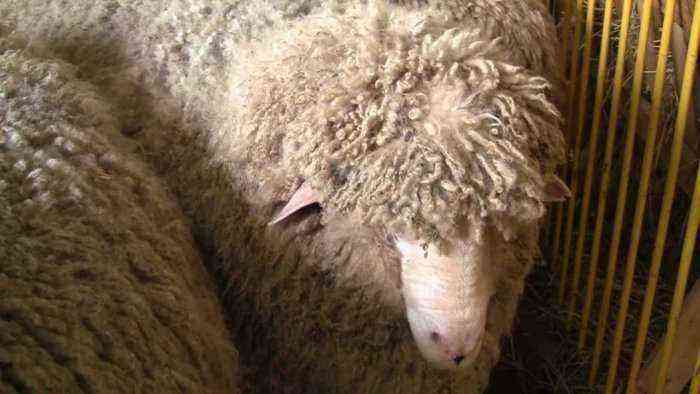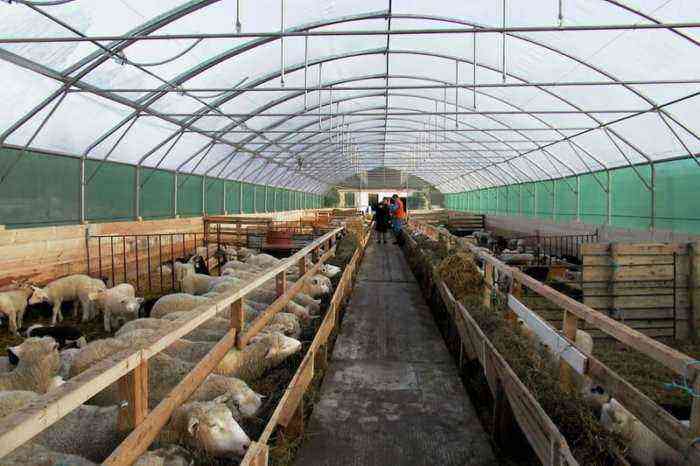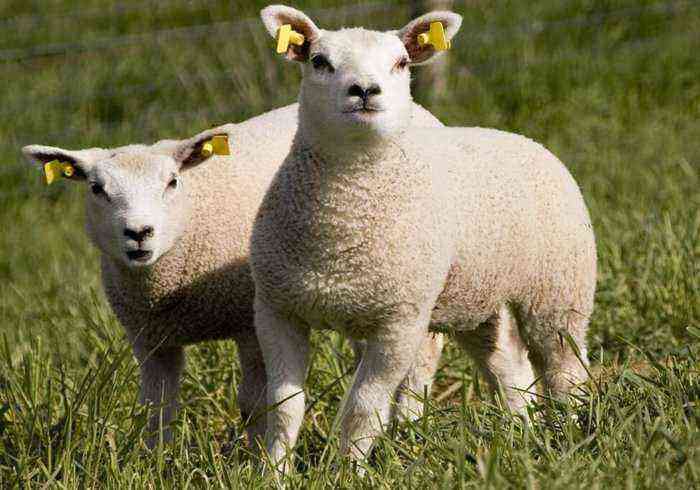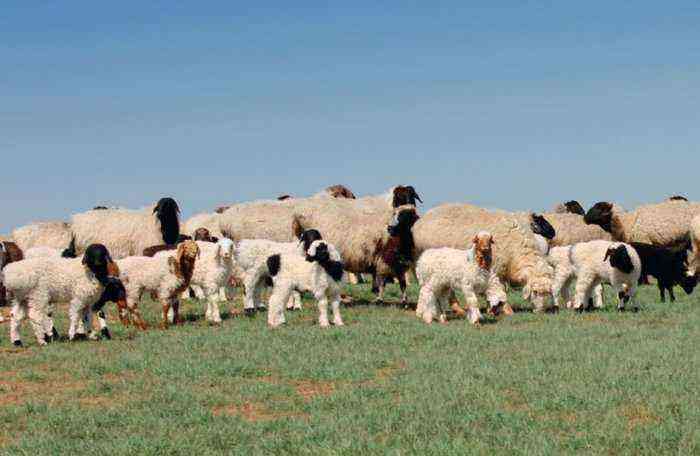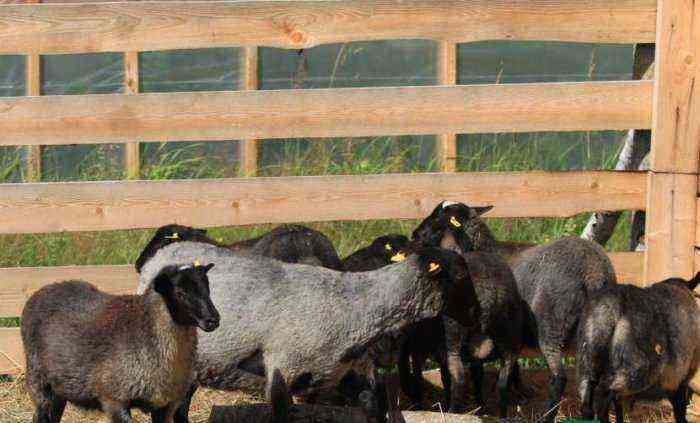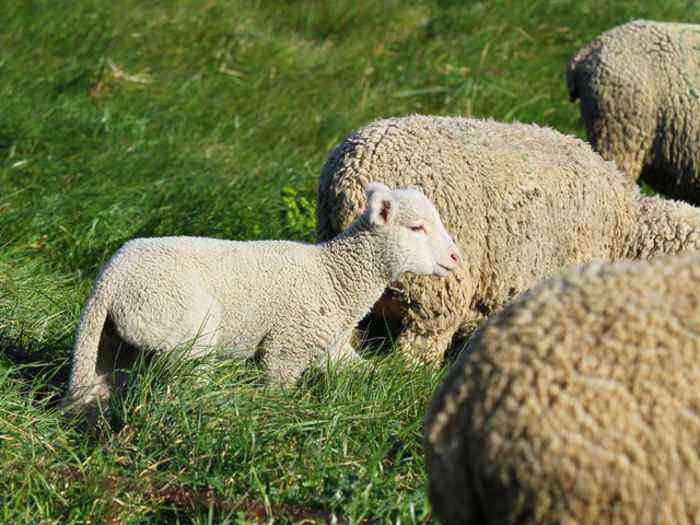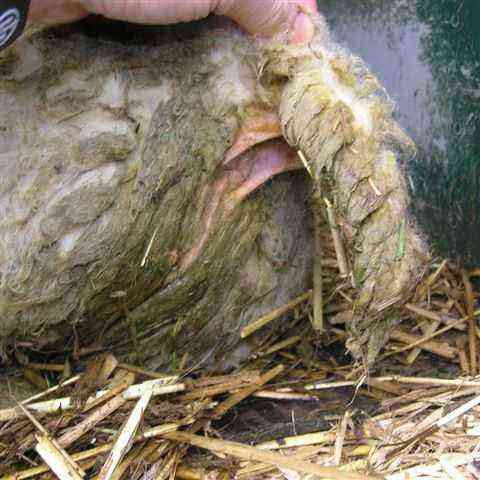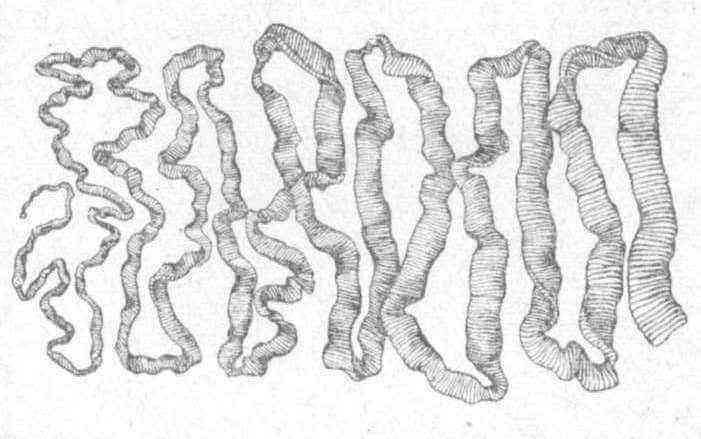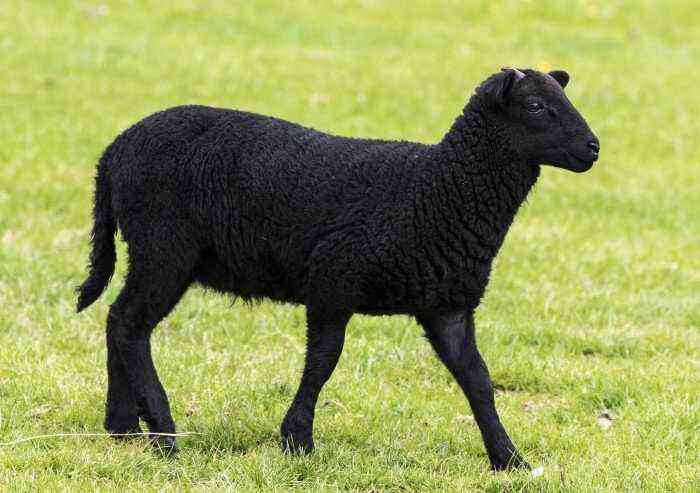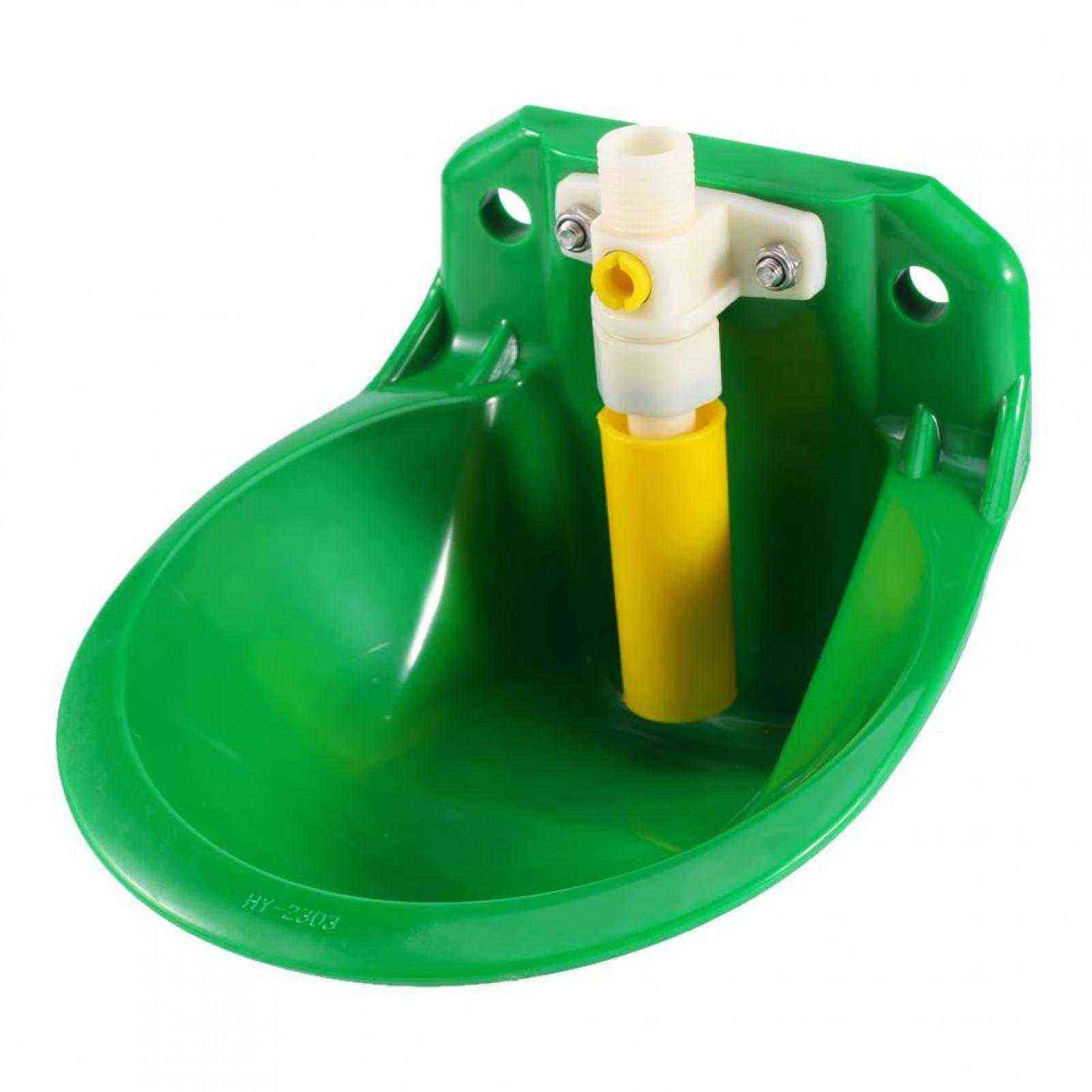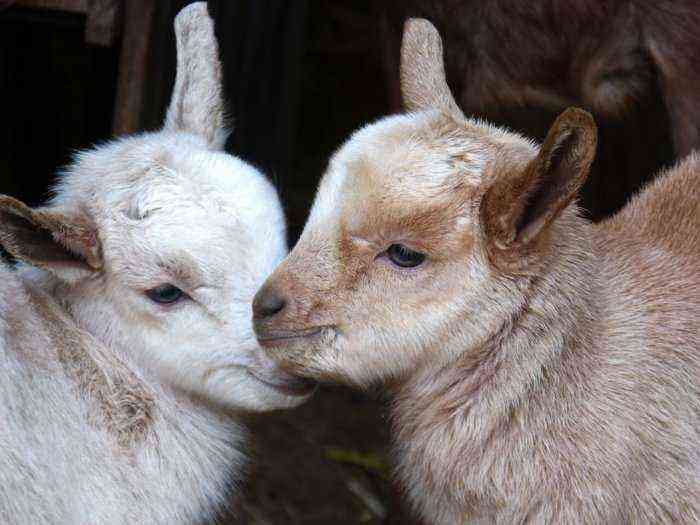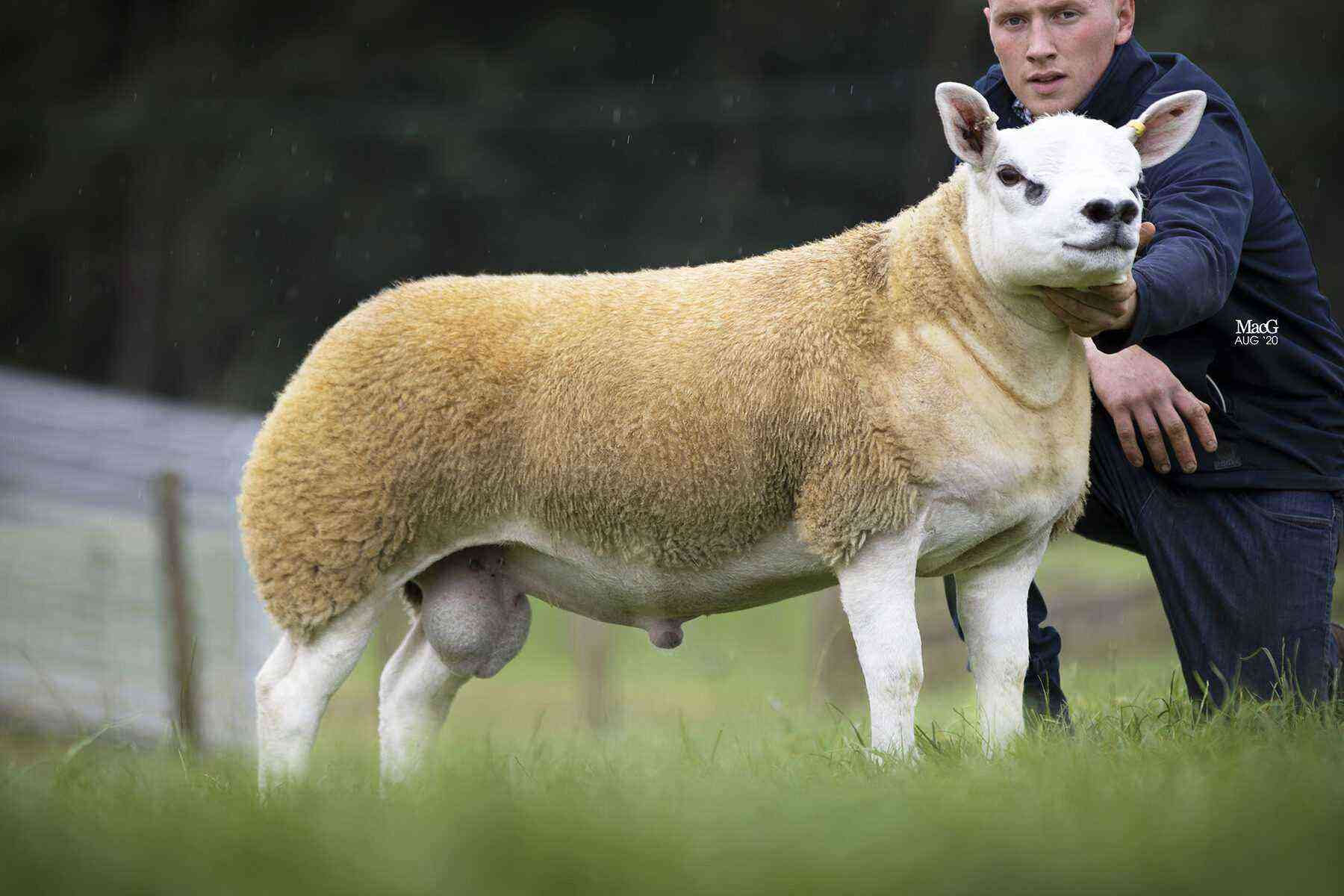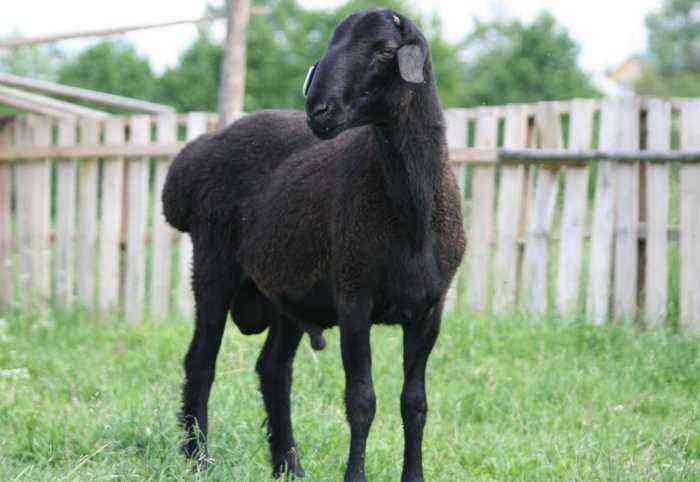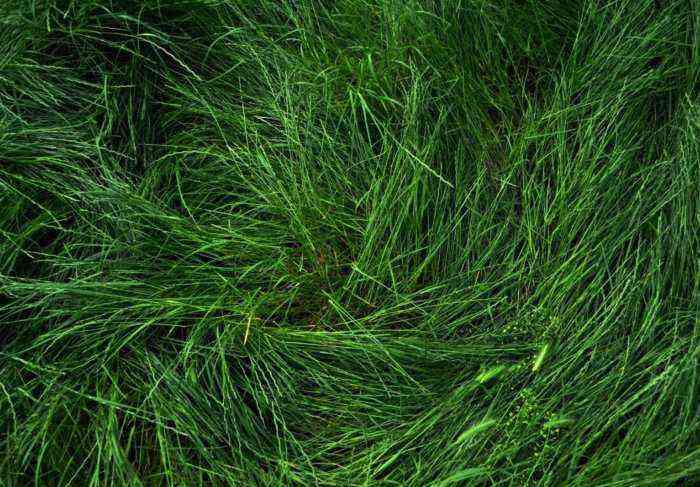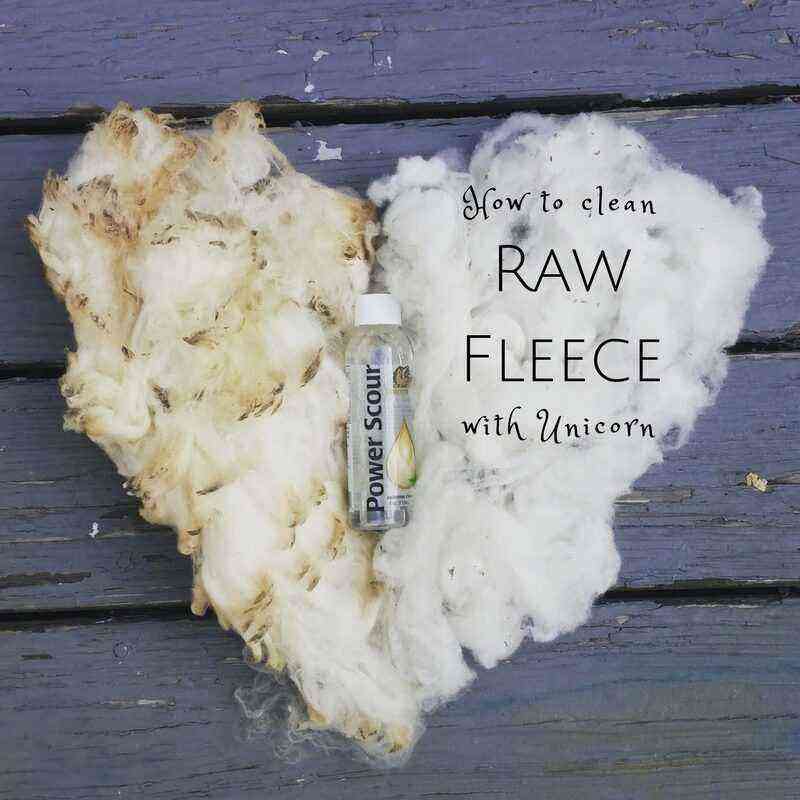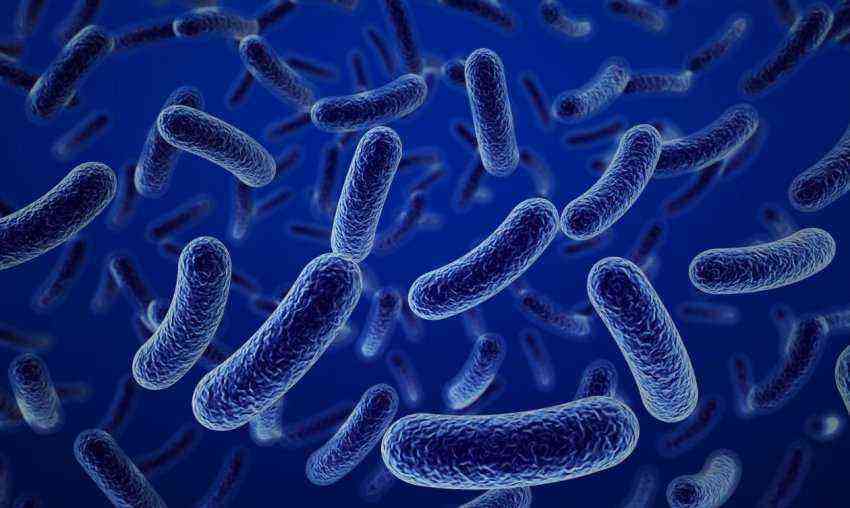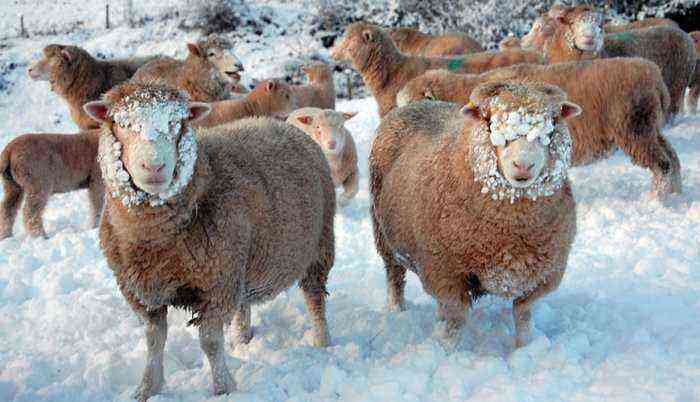The prekos sheep breed belongs to the category of meat and wool and is a distant relative of the merino. After its appearance, animals were bred mainly on the territory of Ukraine, and later the prekos spread to some regions of Russia. This article will introduce readers to the characteristics and description of prekos sheep, talk about their advantages and disadvantages.
Prekos sheep breed
Origin
Prekos were bred by French breeders in the 19th century. The basis was taken from local merino rambouillet sheep, which were crossed with representatives of the Leicester meat breed. This work was not completed. In the future, the best bred representatives were crossed in Germany with German meat sheep. So the meat-wool sheep prekos appeared. Its standards were approved only in 1929. A few years later, the animals were brought to the western part of Ukraine from European countries.
Appearance
Prekos have a beautiful appearance: a stocky downed body, a wide chest, a short neck and a large head, which is partially covered with thick hair. Ewes of this breed are polled, and rams are horned in 20-25% of cases.
Breed characteristics:
- the backbone is light, but strong;
- the back and chest are wide, with well-developed muscle mass;
- the neck is dense, shortened, without folds;
- the head is large, the muzzle is half devoid of hair;
- auricles are compact;
- body girth reaches 120 cm;
- legs are strong, not long, covered with hair up to the hocks, set wide;
- the upper part of the limbs is fleshy;
- the tail is small, hairy;
- tall rams, height at the withers – 80 cm;
- the weight of an adult male reaches 100-130 kg, and females – 50-70 kg;
- wool fiber length – 8 cm;
- the color of gray, milky, off-white shades, while the lower part of the limbs is white.
Prekos sheep are quite hardy, they are able to tirelessly move around spacious pastures. They can quickly adapt to different climatic conditions. These animals have a docile disposition, but are shy.
Prekos sheep are quite hardy
Advantages and disadvantages of the breed
Prekos sheep are highly valued not only for their wool, but also for other virtues:
- meek and calm disposition;
- rapid weight gain – the daily weight gain of lambs is 250-280 g;
- wool quality;
- fecundity of ewes – from 100 females get 150 lambs;
- ability to adapt to different conditions of detention and climate.
Reference. The structure of wool fibers in these animals is spiral, and the density is more than 5000 fibers per cm2 of skin.
Prekos sheep, despite many positive qualities, have disadvantages:
- the net yield of wool after processing is low, it is 50%, and all because not all parts of the animal’s body are covered with it;
- heterogeneity of clipping;
- uneven growth of fibers in different parts of the body of sheep.
In breeding farms, special attention is paid to the culling of animals. Those individuals that do not meet the breed standards are not allowed to mate. These include lambs that are slowly gaining weight, individuals with body defects, including underdeveloped genitals, and animals with reduced sexual activity.
Productivity
The prekos sheep breed shows good productivity values both in the wool direction and in the meat direction. The meat of these animals has an excellent taste. Young lamb is especially valued, it is obtained from lambs at the age of 4-5 months. By this time, the animals have time to gain weight of 40 kg. At this age, the slaughter yield of meat exceeds 58%.
Mutton
Prekos sheep are fine-wooled. The average annual shearing from a ram is 9 kg, from an ewe – 5 kg. The disadvantage of this breed is that the hairline does not cover the entire body of animals, therefore, the annual clipping rate suffers. The heterogeneity of the fleece also affects the assessment of the quality of raw materials. This means that the hairs have a different cross section, for example, on the croup and back of sheep, the hairs are thicker, and thinner on the chest and stomach.
Attention! Prekos are the owners of high quality wool; in terms of its performance, they are second only to merino sheep. The net yield of wool after washing does not exceed 52% in females and 50% in rams.
Maintenance and nutrition
Prekos are undemanding to the conditions of detention. In the warm season, they are constantly in the fresh air – in the morning and evening they graze on the pasture, and at noon – under awnings. If the climate allows, year-round grazing can be practiced. In areas with cold winters, animals need a corral.
Attention! A suitable temperature inside the sheepfold is above +8 degrees. In compartments for ewes with offspring, the thermometer should not fall below 17 degrees.
It is important to take care of the protection of animals from dampness and drafts. Such conditions are dangerous for the health of young animals. The room is equipped with a ventilation duct and provides an influx of fresh air. Hay bedding is regularly changed inside. Equipment is disinfected once a week.
In the summer, sheep feed on grass in the pasture: this is their main food. Almost no top dressing during this period they do not require. In autumn, the diet of animals changes. Enter into it:
Feed in the diet of sheep
- cereals, which are a source of protein;
- cake, bran;
- root crops, vegetables and fruits;
- silage.
Important! Vitamins should be included in the sheep menu to increase immunity. Mineral supplements in the form of licks, bone and fish meal, salt are also needed. To improve the appearance and quality of wool, lambs are introduced to the diet of food additives containing sulfur.
Breeding
Prekos ewes are distinguished by their fertility. Every year one female brings from 1 to 2 lambs. Puberty occurs early, compared with other breeds, by 7-8 months, but it is recommended to give mating ewes after one year of age.
Attention! The most productive age of ewes is from 2 to 5 years, then productivity decreases. In rare cases, breeding females are used up to 9 years.
Lambs are born with a body weight of 4,8-5 kg. With low feed costs, they grow rapidly due to the high milk yield of females. Their milk is fatty and nutritious. Prekos sheep are good mothers, they show tender care for the cubs right up to weaning. The average weight gain of lambs per day often exceeds 300 g, so some individuals already gain 4-5 kg in 35-40 months. By the age of one year, the body weight of young ewes and lambs is 90% of the weight of adult animals.
Prekos sheep are descendants of the highly productive Rambouillet and Leicester breeds. From their ancestors, they inherited the best features – beautiful coat and strong body constitution. Despite some shortcomings of the breed, it is in demand in the farms of Ukraine and Russia.
